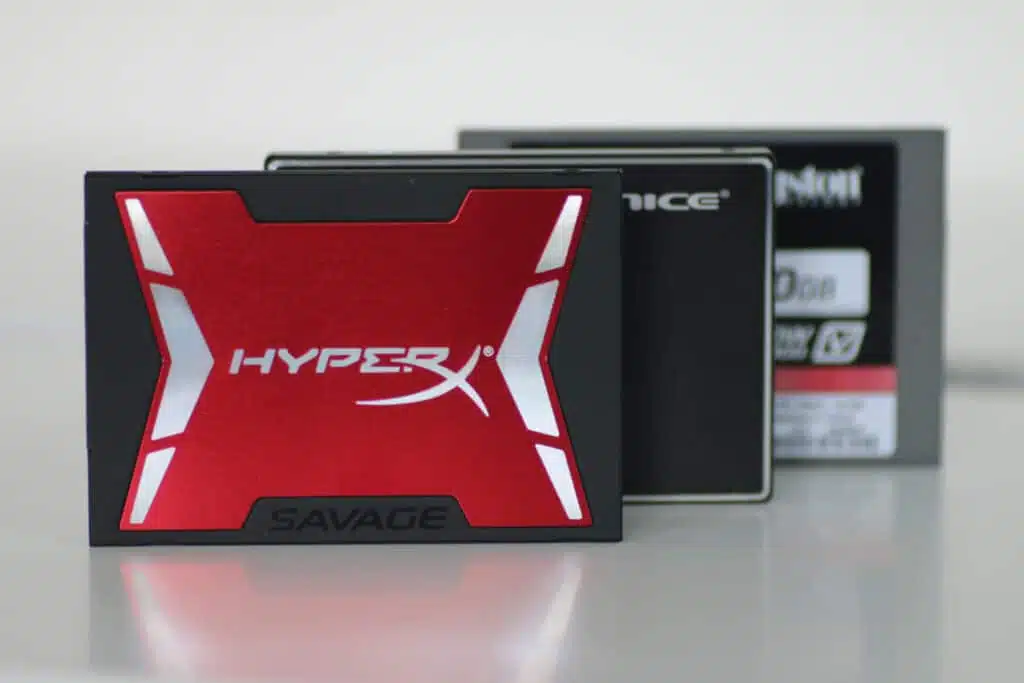10.08.2016

In another article, we have already looked at the difference between HDD and SSD as well as the advantages and disadvantages. Now let's go into more detail and introduce different types of SSD.
The terms SLC, MLC and TLC refer to the type of SSD memory. They indicate how many bits are written per memory cell on an SSD.
SLC stands for "Single Level Cell". As the name suggests, an SLC cell stores exactly one bit. MLC stands for "Multi Level Cell" and means that more than one bit is stored per cell. This is usually two bits per cell, as TLC ("Triple Level Cell") has now also been developed, with three bits per memory cell.
Of these three types, single level cells have the highest read and write speed. They also require less power, are more durable, more robust and suitable for an extended temperature range. However, they only have a relatively small memory and are comparatively expensive. Multi-level cell SSDs, on the other hand, have a higher storage density and can therefore store a considerably larger volume of data.
MLC and TLC SSDs are often criticized for not being durable enough. Since more information is stored per cell, wear is higher than with SLCs. For comparison: While manufacturers often specify a service life of 100,000 write cycles for single level cells, triple level cells only last for 1,000 write operations. MLCs are around 5,000 to 10,000 cycles.
This sounds comparatively low, but is usually absolutely sufficient. Thanks to technologies such as wear leveling, almost nobody has to worry about the durability of their SSD these days.
Wear leveling (literally: "wear compensation") is used to extend the service life of an SSD - a technology that is often integrated into SSDs. An algorithm is used to distribute the write operations so that all memory cells are written to equally often and the SSD wears out evenly.
This technique also distinguishes between dynamic and static wear leveling. The former only distributes dynamic data, i.e. data that changes when something is deleted and something else is saved. To prevent some cells from being written to only once while others are already failing, static wear leveling also moves static data to other blocks. The dynamic variant is often found in USB sticks, while static wear leveling is usually used for SSDs.
spo-comm offers Multi Level Cell SSDs in various sizes as standard, as these offer a high storage volume at a suitable price-performance ratio. Some PCs (such as the WINDBOX or RUGGED series) can also be ordered with a 16 or 32 gigabyte SLC SSD. These are suitable for an extended temperature range of -40 to 85 degrees, but - despite the lower storage density - are priced somewhat higher.

Machines that know when they need to be serviced before anything breaks down. Sounds like a dream of...

Although the vacation season was at its peak for us in September, we can shine with two new products...

Digital signage has long been much more than just static screens. In times of Industry 4.0, smart bu...
You need to load content from reCAPTCHA to submit the form. Please note that doing so will share data with third-party providers.
More Information